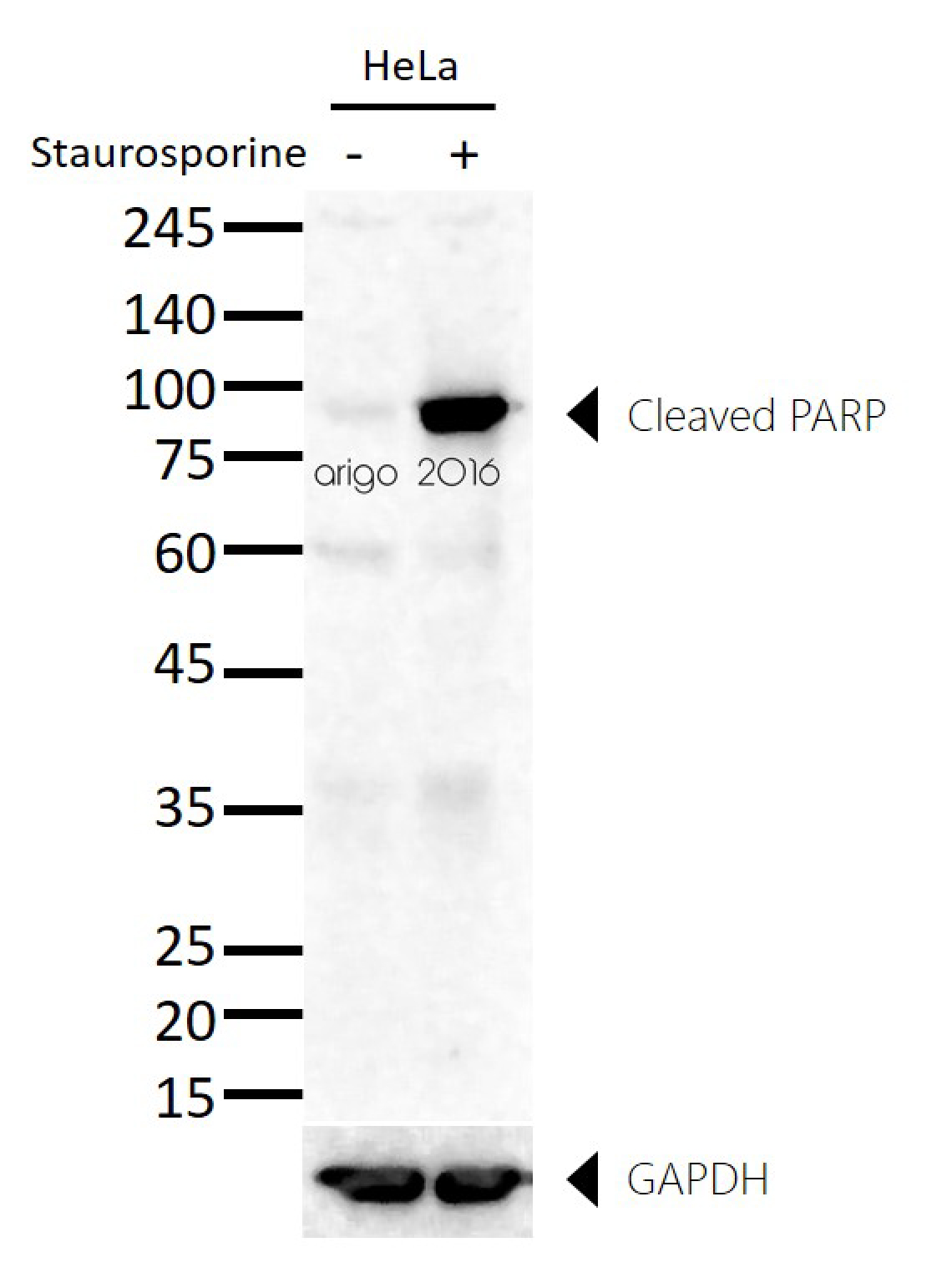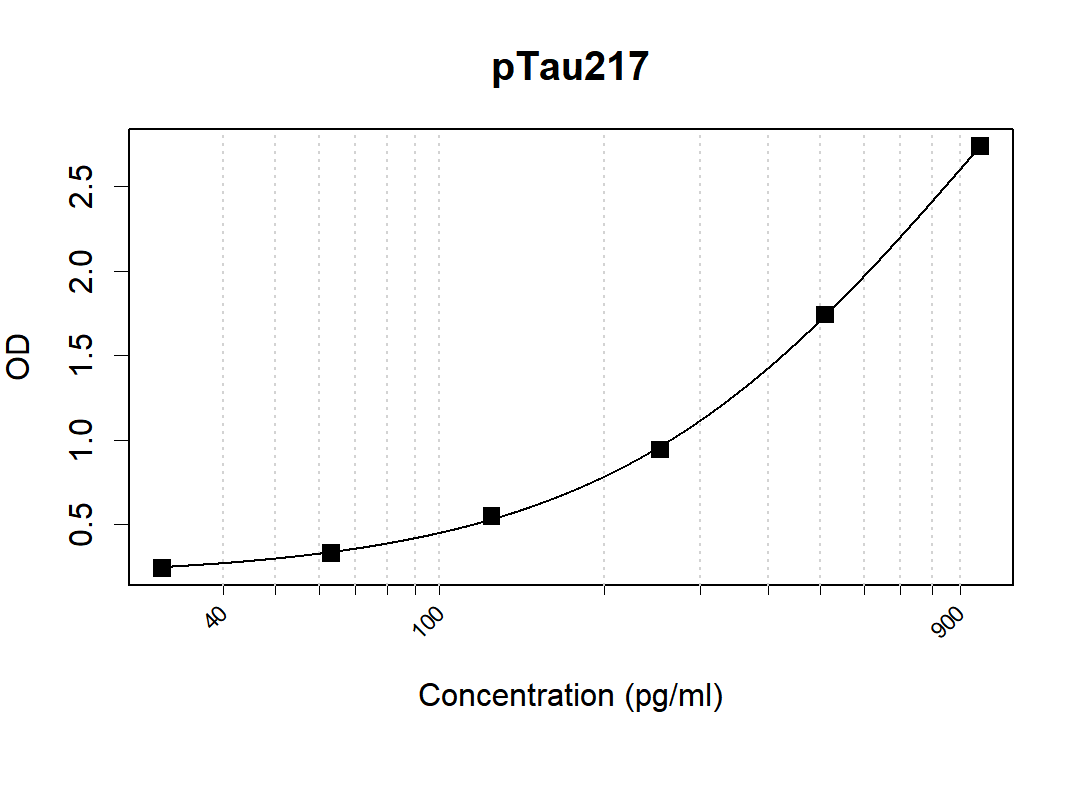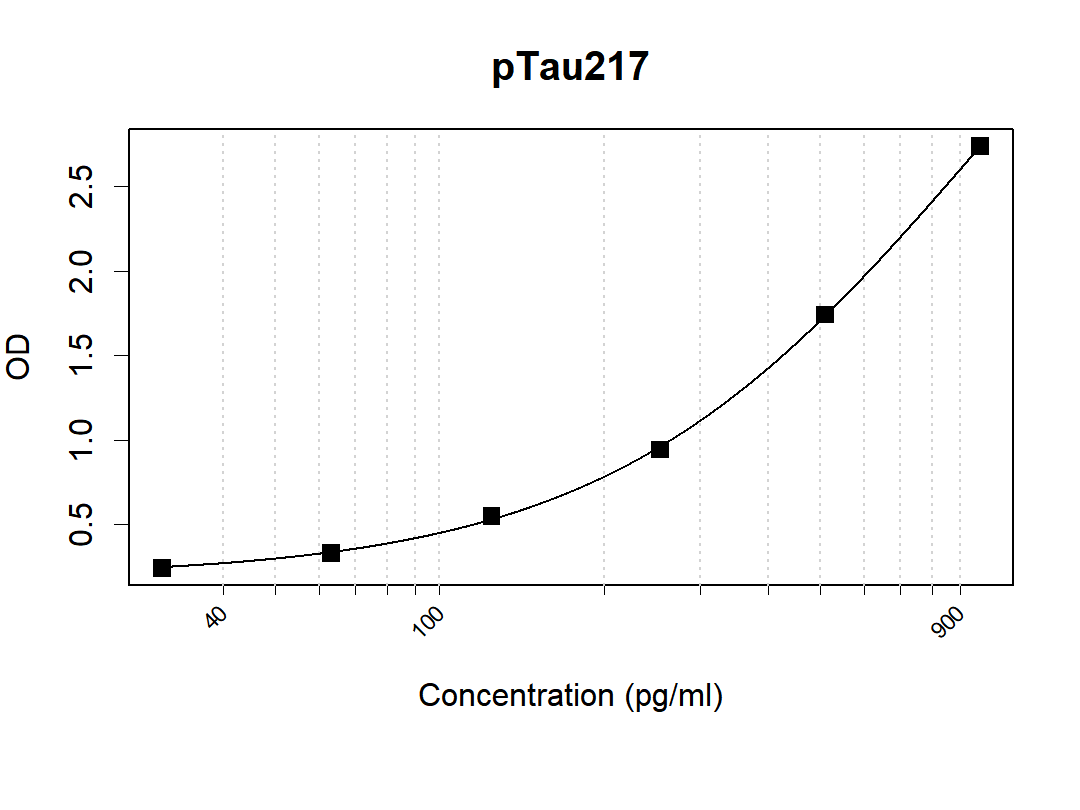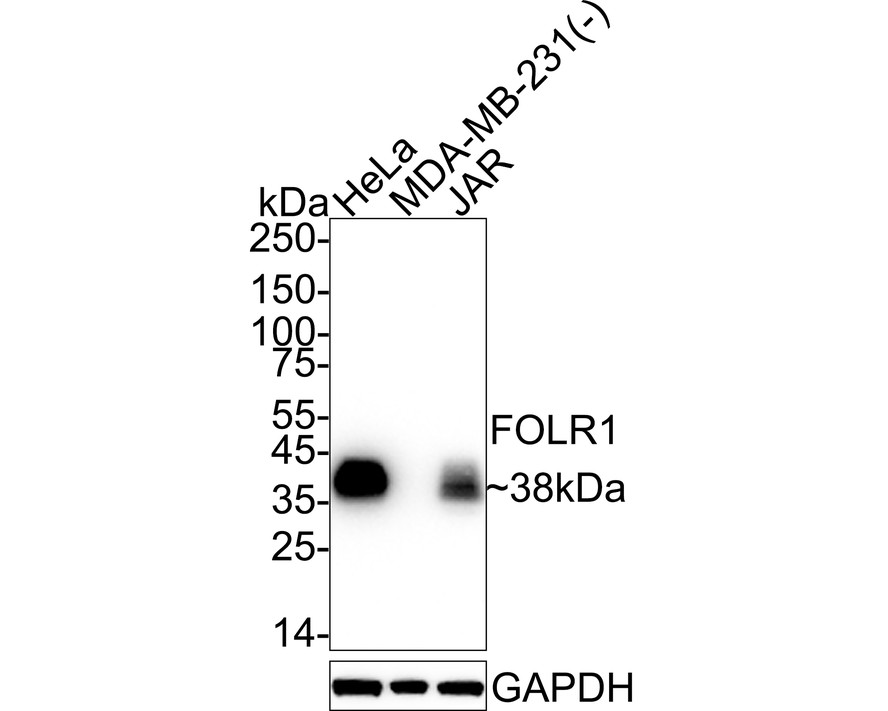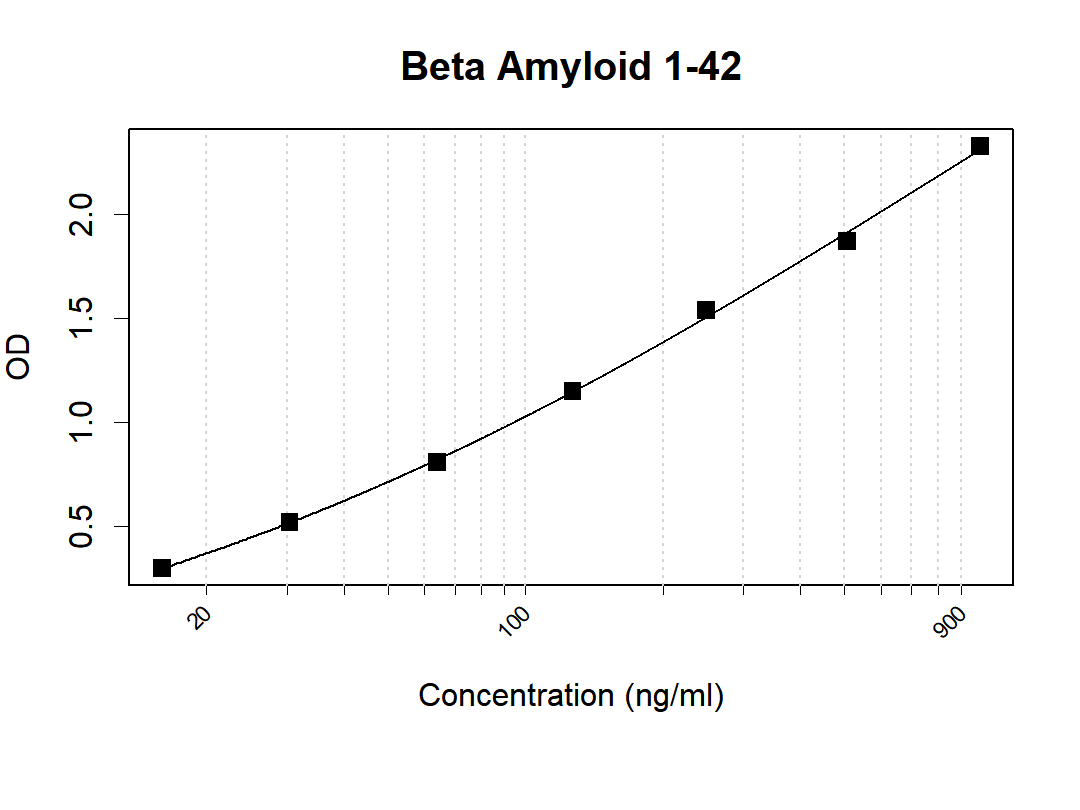anti-PARP (cleaved) antibody
CAT.NO. : ARG20041
US$ Please choose
US$ Please choose
*产品价格可能会有所调整,请以品牌方官网实时更新的价格为准,以确保准确性。
概述
| 产品描述 | Rabbit Polyclonal antibody recognizes PARP (cleaved) |
|---|---|
| 反应物种 | Hu |
| 应用 | IHC, WB |
| 特异性 | The antibody recognizes only the large fragment of PARP (89 kDa) and does not react with the full length PARP. |
| 宿主 | Rabbit |
| 克隆 | Polyclonal |
| 同位型 | IgG |
| 靶点名称 | PARP (cleaved) |
| 抗原物种 | Human |
| 抗原 | Synthetic peptide correspond to the N-terminal residues of the catalytic domain of human PARP |
| 偶联标记 | Un-conjugated |
| 別名 | EC 2.4.2.30; Poly[ADP-ribose] synthase 1; PPOL; ADPRT; ARTD1; NAD; PARP-1; ADPRT 1; Poly [ADP-ribose] polymerase 1; PARP; ADP-ribosyltransferase diphtheria toxin-like 1; ADPRT1; pADPRT-1 |
应用说明
| 应用建议 |
| ||||||
|---|---|---|---|---|---|---|---|
| 应用说明 | * The dilutions indicate recommended starting dilutions and the optimal dilutions or concentrations should be determined by the scientist. | ||||||
| 阳性对照 | Camptothecin treated Jurkat cell lysate |
属性
| 形式 | Liquid |
|---|---|
| 纯化 | Affinity Purified Antibody |
| 缓冲液 | PBS, 50% Glycerol, 1% BSA and 0.02% Thimerosal |
| 抗菌剂 | 0.02% Thimerosal |
| 稳定剂 | 50% Glycerol, 1% BSA |
| 浓度 | 0.2 mg/ml |
| 存放说明 | For continuous use, store undiluted antibody at 2-8°C for up to a week. For long-term storage, aliquot and store at -20°C. Storage in frost free freezers is not recommended. Avoid repeated freeze/thaw cycles. Suggest spin the vial prior to opening. The antibody solution should be gently mixed before use. |
| 注意事项 | For laboratory research only, not for drug, diagnostic or other use. |
生物信息
| 数据库连接 | |
|---|---|
| 基因名称 | PARP1 |
| 全名 | poly (ADP-ribose) polymerase 1 |
| 背景介绍 | PARP, a 116 kDa nuclear poly (ADP-ribose) polymerase, is a highly conserved nuclear enzyme implicated in DNA repair and in the apoptosis response of cells. This protein can be cleaved by many caspases in vitro and is one of the main cleavage targets of caspase-3 in vivo. The cleavage occurs between ASP214 and Gly 215, which separates PARP’s N-terminal DNA binding domain (24 kDa) from its C-terminal catalytic domain (89 kDa). It has been shown that cleavage of PARP facilitates cellular disassembly and inhibition of PARP cleavage attenuates apoptosis in vitro. |
| 生物功能 | Involved in the base excision repair (BER) pathway, by catalyzing the poly(ADP-ribosyl)ation of a limited number of acceptor proteins involved in chromatin architecture and in DNA metabolism. This modification follows DNA damages and appears as an obligatory step in a detection/signaling pathway leading to the reparation of DNA strand breaks. Mediates the poly(ADP-ribosyl)ation of APLF and CHFR. Positively regulates the transcription of MTUS1 and negatively regulates the transcription of MTUS2/TIP150. With EEF1A1 and TXK, forms a complex that acts as a T-helper 1 (Th1) cell-specific transcription factor and binds the promoter of IFN-gamma to directly regulate its transcription, and is thus involved importantly in Th1 cytokine production. Required for PARP9 and DTX3L recruitment to DNA damage sites. PARP1-dependent PARP9-DTX3L-mediated ubiquitination promotes the rapid and specific recruitment of 53BP1/TP53BP1, UIMC1/RAP80, and BRCA1 to DNA damage sites. [UniProt] |
| 产品亮点 | Related Antibody Duos and Panels: ARG30105 Apoptosis Marker Antibody Duo (Caspase3, PARP) ARG30110 Mitochondria/Caspase dependant Apoptosis Antibody Panel (Caspase3, Caspase9, Cytochrome c, PARP) (WB) Related products: PARP antibodies; PARP Duos / Panels; Anti-Rabbit IgG secondary antibodies; Related news: SM5-1, a promising immunotherapy for Hepatocellular Carcinoma (HCC) Choose the Best ZIKA Virus Antibodies Fight microcephaly with arigo |
| 研究领域 | Cancer antibody; Cell Biology and Cellular Response antibody; Cell Death antibody; Gene Regulation antibody; Metabolism antibody; Apoptosis Marker antibody; Mitochondria/Caspase Dependant Apoptosis Marker antibody |
| 预测分子量 | 113 kDa |
| 翻译后修饰 | Phosphorylated by PRKDC and TXK. Poly-ADP-ribosylated by PARP2; poly-ADP-ribosylation mediates the recruitment of CHD1L to DNA damage sites (PubMed:19661379). ADP-ribosylated on serine by autocatalysis; serine ADP-ribosylation takes place following interaction with HPF1 (PubMed:28190768). S-nitrosylated, leading to inhibit transcription regulation activity. |
 New Products
New Products





